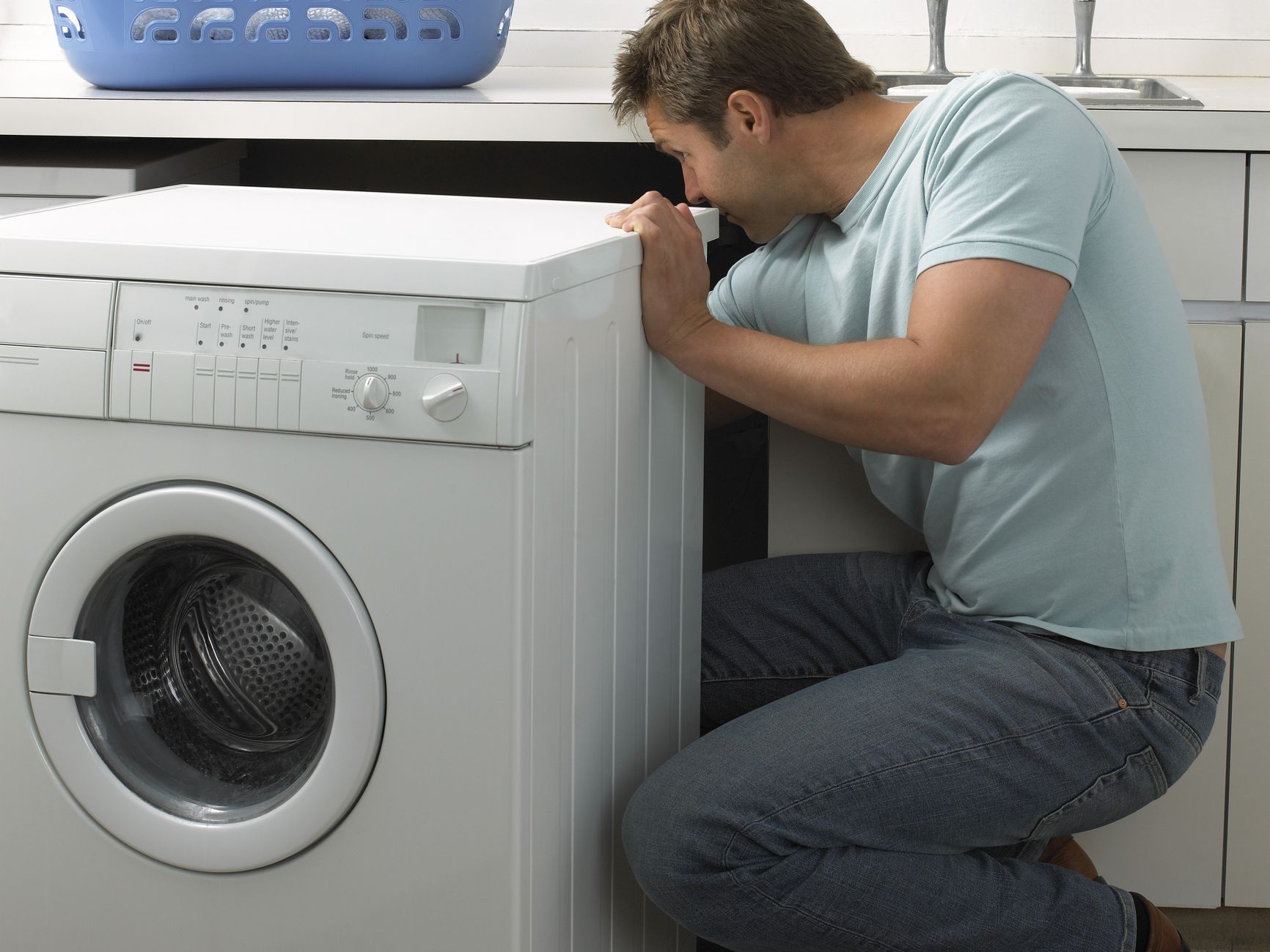You have chosen to buy a washing machine but must decide between a top loader and a side-loading appliance. Consequently, the professional that has been invited to exam a broken washer should immediately ask about how clothes get placed inside of it. Are they tossed down an opening in the top, or are they thrown into a door in the washer’s side?
What could keep a top loader from spinning?
When a top loader leaves a manufacturing plant, its motor has been coupled to its transmission. A problem that concerns the direct drive motor coupling can interfere with the process used to get the manufacturer’s appliance spinning. That process relies on the position and action of two fork-like components. The manufacturer has placed a rubber coupling between those two forks. Each fork has a specific job.
One of the forks gets attached to the shaft of the motor. In other words, it establishes a connection between the motor and one of the two rubber coupling elements. The other fork gets attached to the transmission’s input shaft. If each of the elements placed in the washer, as it was put together at the manufacturing plant, remains in place, the top loader will spin. Yet if a fork slips the appliance will fail to start spinning. By the same token, if a fork fails to engage the transmission, the washer’s tub will not spin.
What could account for such a failure in a front-loading machine?
An experienced appliance repair professional in San Diego County would feel compelled to take a look at both the washer’s door lock and its interlock switch. The door lock ensures engagement of the door’s locking mechanism by the motor. If it fails, the affected appliance cannot be made to spin, because the motor will have no way of knowing that the door has been closed properly.
The interlock switch also serves as a means for controlling operation of the washer’s spinning action. It tells the control board when conditions permit the spin function to operate. A professional should check to see if the interlock switch does not lock the door. It also pays to see if the interlock switch has failed to ensure the necessary engagement. Certain tests can be carried out, in order to ascertain the location of the troublesome problem. It is best to remove the power source, before moving forward with any checking or testing procedures. A multi-meter can be used to test for continuity of the motor. The reading for the resistance should show a figure between 1500 ohms and 1900 ohms.
Contact us:
(619) 719-5005
[email protected]
